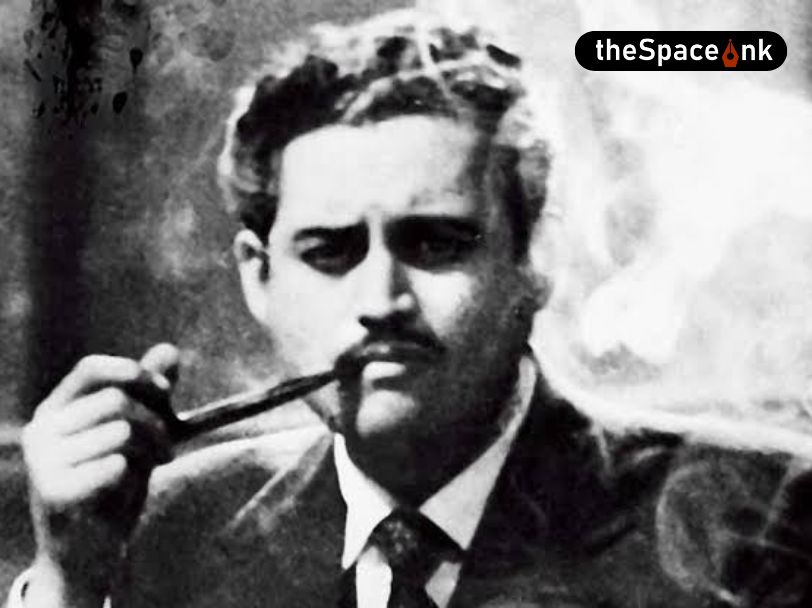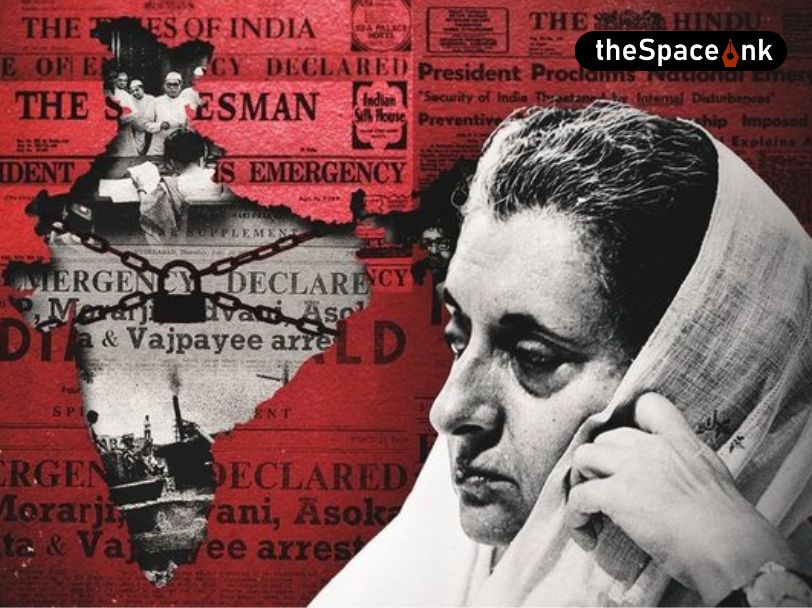Bandel And Chinsurah
The British historian Philip Davies had once remarked that the river Hugli belonged not only to India but to the whole world. Much before the arrival of the British, four European colonial powers set up trading posts & garrisons on the western banks of the Hugli. There were the Portuguese in the Bandel-Hooghly region, the Dutch in Chinsurah, the French in Chandernagore & the Danes in Serampore. Together they formed a uniquely rich cultural corridor which was hailed as Mini Europe. No other river in the world can boast of hosting several such large powers within a span of a few kilometres from each other. The colonial rulers have long departed but vestiges of their cultural heritage have so permeated the social fabric that they continue to be lovingly embraced by the common men. Come Christmas & it will be celebrated with equal fervor by people across religions and the festive flavor is unmistakably Indian.

The oldest Christian edifice of worship in Bengal is the Basilica of the Holy Rosary, Bandel commonly known as the Bandel Church– a Portuguese Church built in 1599. The arrival of the Portuguese in Hooghly coincided with the fall of the Saptagram port. The Portuguese set up the Hugli port & carried on a flourishing trade through it. They left Saptagram and came to Hooghly in 1580, when the river Saraswati began to be silted up, thus making navigation impossible. Among all the ports under the control of the Portuguese in Bengal, Hooghly became prosperous and densely populated. But, the religious zeal of the Portuguese was not likely to be dimmed by the prospects of a prosperous trade.
The Portuguese used to import missionaries from Goa quite often, for the purpose of spreading Christianity. Two Augustinian monks came down in 1599, to the newly built Convent (dedicated to St. Nicholas of Tolentino) and the Church (dedicated to Our Lady of Rosary). This Church later became famous as the Bandel Church. There is an interesting myth that the name Bandel may have originated from the Bengali word Bandar meaning port. There are no ends to legends surrounding the four centuries old Church. The legends surrounding the mast of a seventeenth century ship & that of the statue of Mother Mary is most remarkable. The sailor of a ship about to be drowned had prayed to God that if the ship survived the storm, he would donate the mast to the first church he came across. That first church he happened to come across was the Bandel Church. Since then, the mast was placed beside the church cemetery until it was damaged by the Aila storm in 2009. Now it is kept inside a glass enclosure. Every year in December, people throng the Bandel Church in hordes, during the Christmas week, to light candles in front of Mother Mary. It is popularly believed that this act of obeisance miraculously cures people suffering from incurable diseases. Adapting to its new age congregation, Masses are held in English, Bengali, Hindi & even Santhali throughout the year.
Standing at the centre of the busy town of Chinsurah, the Armenian Church remains closed throughout the year and bears a deserted look. There are no Armenians left in the town anymore. The Armenian Christmas is celebrated on 6th January in the Armenian Church at Kolkata.
Christmas at Bandel Church has found its place in the travellers’ itinerary a long time ago. It remains open for the common people all day round. The massive halls, chandeliers, ancient paintings and murals, the old staircases, the stained glass windows, the grand clock tower, the renovated grand doorway leading to the precincts, never fail to hold the people in awe. The Doric style church with a mixture of Portuguese and other European architectural features, continues to be a great draw at Christmas. An incessant flow of people keep on coming to the church to have a look at the decorated displays, which includes a giant crib with the baby Jesus, made of biodegradable environment friendly materials. A new attractive installation has been the Stations of the Cross, depicting Christ’s crucifixion. There is also the fountain at the centre of the large courtyard, where people light candles or toss coins, praying for wish fulfilment. The cemetery outside is interesting for history buffs, where they can view quaint headstones on graves which are several centuries old. Crowds of people are seen soaking in the ambience of the church, enjoying the last weekend of the year to their heart’s content. The sprawling grounds surrounding the church become veritable picnic spots. An estimated one lakh of people visit the Basilica on Christmas day & another large crowd is there on New Year’s day, cutting across religious lines.
The Armenian Church in Chinsurah is the oldest Armenian Church in India. It is also the earliest church in Chinsurah. It also happens to be the second oldest church in Bengal, after the Bandel Church. The construction of the church was started by an Armenian merchant-diplomat called Margar Avag Sheenentz of Julfa, in about 1695 and was completed by the members of his family after his death in 1697. The church is dedicated to St. John the Baptist. It has a clock tower, so typical of colonial architecture, erected in 1822 by Mrs. Sophia Bagram of Kolkata, in memory of her husband Simon Phanoos Bagram. The clock has long since vanished.

Standing at the centre of the busy town of Chinsurah, the Armenian Church remains closed throughout the year and bears a deserted look. There are no Armenians left in the town anymore. The Armenian Christmas is celebrated on 6th January in the Armenian Church at Kolkata. On the Sunday following this, the entire Armenian community of Calcutta, along with the students of the Armenian College, make an annual pilgrimage to the Chinsurah church. They carry the golden hand of St. John the Baptist, a relic with a piece of bone from the right hand of the saint, who is said to have baptised Christ himself in the waters of the Jordan river. The relic is kept at the Armenian Church of Holy Nazareth in Kolkata and is only taken out during the annual pilgrimage to Chinsurah. The church remains a solitary symbol of the existence of a once prosperous Armenian community in Chinsurah.
Acknowledgement:
1. Hugli Heritage Management Strategy, University of Liverpool, 2019
2. Chandernagore mon amour: The Citadel of the Moon, edited by Antara Mukherjee, University of Liverpool, 2018
3. Mitra, Sudhir Kumar, Hugli Jelar Itihas
4. Addhya, Akshay Kumar, Hooghly Chuchurar Nana Katha
5. Roy, Subhrangshu Kumar, Sekal o Ekal, Ganapragati, 2018
6. Chandernagorer Bibidho Prosongo, Collection of Articles, Chandernagore Government College, Ed. Antara Mukherjee, Rupali, Kolkata
A teacher by profession & a writer by passion. An avid lover of history & literature, passionate about heritage conservation, she has been involved with the Hugli River of Cultures Pilot Project, a venture of Liverpool University & the Govt. of India. At present she’s a senior member of INTACH Hooghly & actively involved in research work concerning the preservation of art & cultural heritage.








